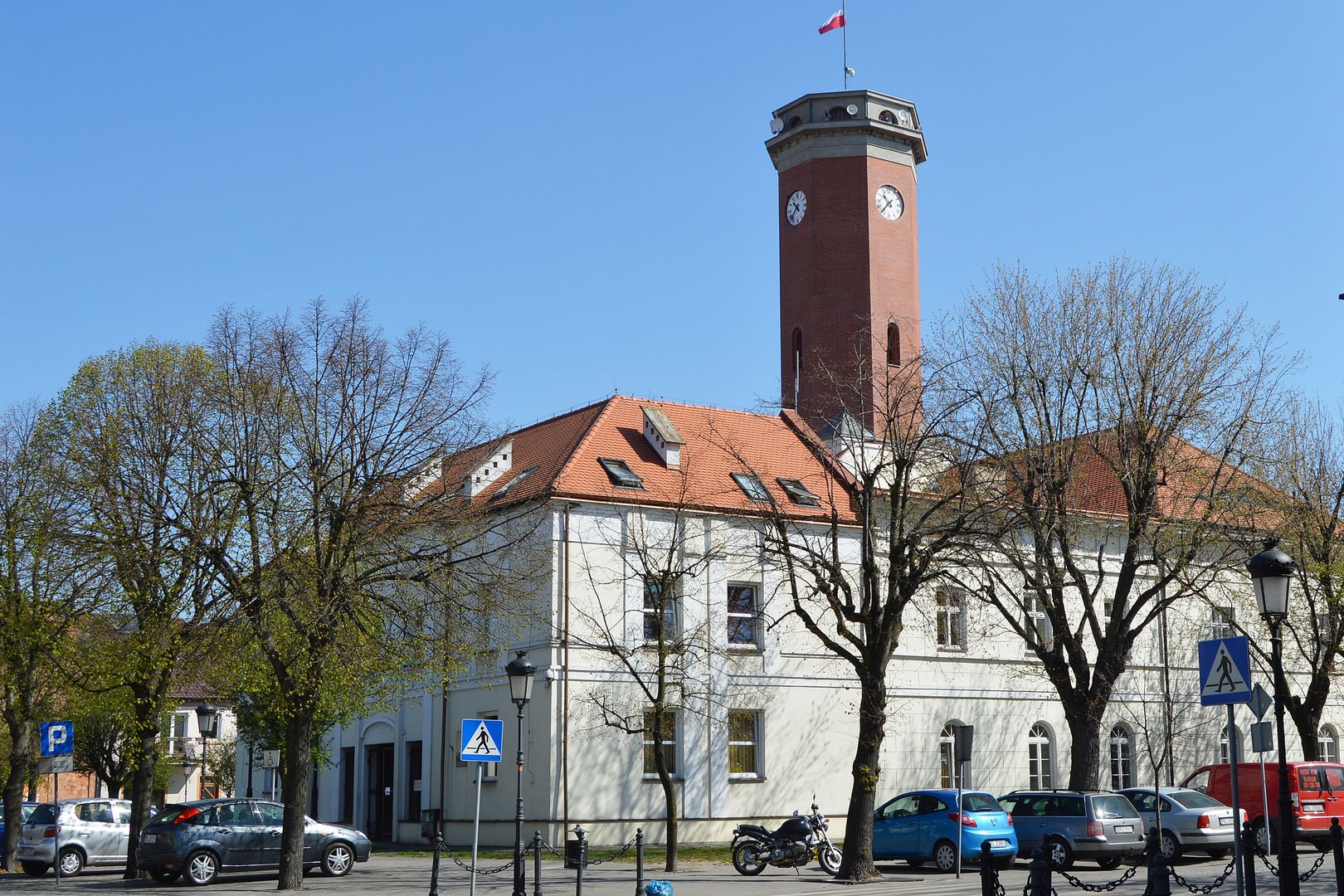Town Hall in Koło
6.1

Overview
The Town Hall in Koło is one of the most important and oldest buildings in the city. Constructed in the Gothic style, it was likely built in the first half of the 16th century and later remodeled in the Classicist style during the 19th century. Originally, a wooden manor stood on this site, used by monarchs, and in 1502, King Alexander Jagiellon granted the municipal authorities the land for the construction of the town hall. Architecturally, the original building was two stories high, featuring decorative diamond patterns on the facade and an attached tower that reached approximately 29 meters in height.
The town hall underwent numerous renovations, including a Baroque-style reconstruction after a fire in 1775 and a Classicist transformation between 1835 and 1837, which significantly altered its appearance and functionality. Although the structure required extensive repairs in the 19th century, it retained its former status as the center of local governance. In the 20th century, the town hall witnessed many events, such as demonstrations in 1861, and held strategic importance during World War II.
In 1987, the building suffered severe damage when its tower collapsed; reconstruction began in 2000 and was completed in early 2011. Today, the town hall houses the City Council, the Civil Registry Office, the Museum of Ceramic Techniques, and an exhibition of machinery from the former Agricultural Machinery Factory, underscoring its role as a cultural and historical hub in Koło. The town hall is open to tourists, helping to promote awareness of its rich history and architecture. It is also worth noting that in 2021, a sculpture by a local artist was installed in the building, highlighting the area's ongoing cultural and artistic activity.
Location
2025 Wizytor | All Rights Reserved